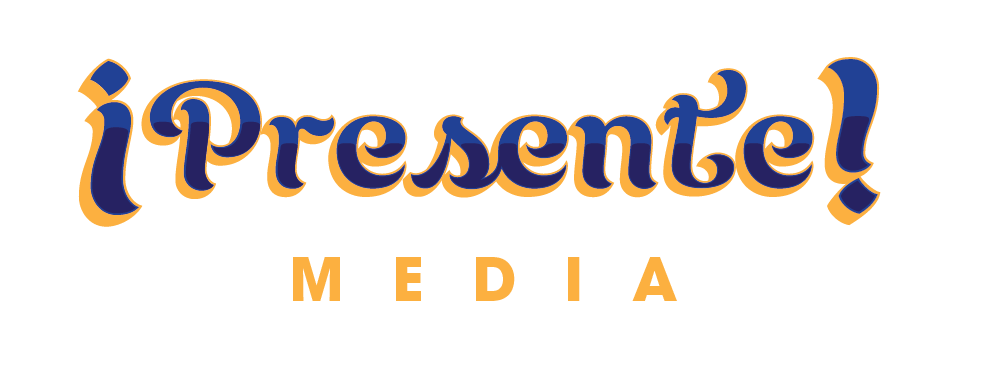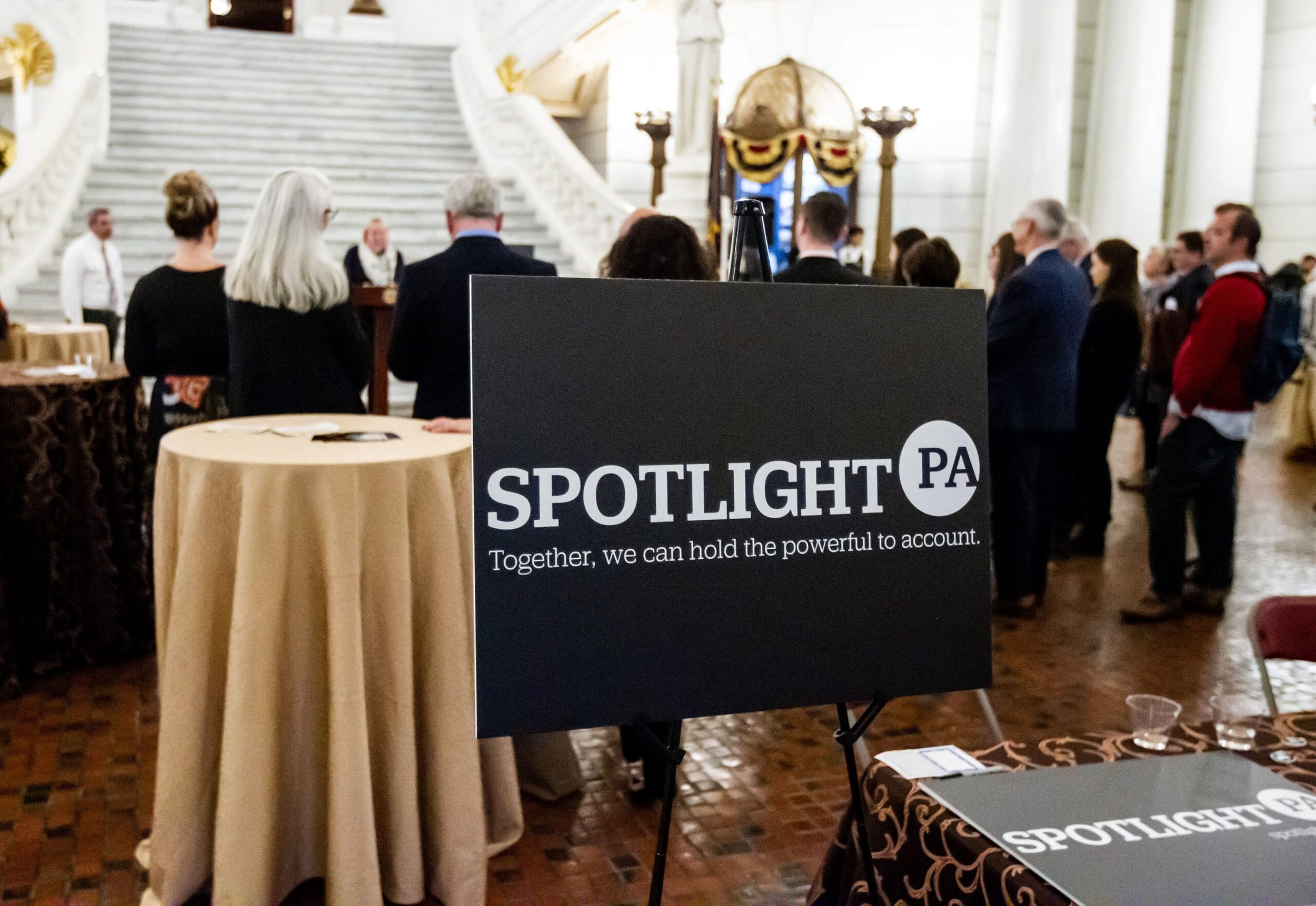A fight for legacy: Preserving Philadelphia’s Black heritage sites
“How much are we willing to invest in history?” Advocates of Philadelphia's Black heritage sites stress the need for increased funding and awareness to protect these vital landmarks.
BY JENSEN TOUSSAINT ON SEPTEMBER 16, 2024
The Tanner House. (Credit: Dr. Christopher Rogers)
Philadelphia is home to several Black heritage sites, and although each contributes greatly to the fabric of the city’s neighborhoods and history, the challenges to preserve and restore them are often overwhelming.
On Tuesday, Sept. 10, the Preservation Alliance for Greater Philadelphia hosted a panel discussion at the Cosmopolitan Club in the first of its 2024 Fall Speakers Series, “Preserving Philadelphia,” spotlighting three historic Black sites in Philadelphia.
They are the National Marian Anderson Museum & Historical Society, Paul Robeson House & Museum, and The Friends of the Tanner House.
Each site is important to the neighborhood in which they belong.
“When I think of our historic sites, I think of a beacon. I think of a light that is leading the way,” said Janice Sykes-Ross, Executive Director of the Paul Robeson House & Museum in West Philadelphia.
The Robeson House & Museum is a sister company under the West Philadelphia Cultural Alliance and serves as a community hub, education center, “legacy keeper” of Paul Robeson. The singer, actor, athlete, and activist lived there with his sister Marian Forsythe and her daughter for the final decade of his life.
However, despite their significance, Philadelphia’s historic sites are not all treated with the same level of preservation and attention.
Jillian Patricia Pirtle, CEO of the National Marian Anderson Museum & Historical Society in Southwest Center City Philadelphia, highlighted the prevalence of historic buildings and landmarks all over the city.
The panel discusses the importance of Black heritage sites. (Credit: Jensen Toussaint)
However, a big percentage of the support is allocated to sites with high levels of tourist foot traffic, located in Old City and Center City.
“That has a direct negative impact on our communities at large,” said Pirtle. “Because they’ll say they didn’t know that the historic building existed in their neighborhood and community.”
Limited exposure and unbalanced preservation efforts have left many of these sites underfunded and underappreciated by the very communities they seek to serve.
“If they don’t know it exists, they can’t go there and learn, they can’t appreciate [and] support it so it can continue to grow,” Pirtle continued.
The Marian Anderson Museum is located inside the very house that the late legendary singer purchased in 1924 for $4,000.
“At the time, to have a young Black woman go to City Hall for which to purchase property at that time and lay down $4,000 in cash, was quite a feat to see. And she was proud of it,” Pirtle said.
In 2020, the Marian Anderson Museum was damaged due to a major flood that affected multiple floors of the house and ruined many of the artifacts that were inside the house.
There has been ongoing repair and restoration efforts since, with help from the Preservation Alliance and some donors.
In order for each of these historic sites to remain open in the city, support and advocacy go a long way.
“Advocacy has to be at the cornerstone of mission work with historic preservation,” said Pirtle. “Without it, you just get nowhere.”
The Tanner House (Credit: Dr. Christopher Rogers)
What’s needed most is direct financial support to sustain these historic landmarks.
Dr. Christopher Rogers, co-coordinator of The Friends of the Tanner House, said that it comes down to the city, state, and federal budgets.
“How much are we willing to invest in history?” he asked.
The historical nature of these sites is only one piece of the puzzle.
“This is not always about history,” said Rogers. “This is about public health, this is about how we create building blocks for thriving neighborhoods … We’re creating community safety, community well-being.”
The Friends of the Tanner House is an organization working hard to restore the North Philadelphia house that artist Henry Ossawa Tanner and his family lived in.
Running a museum, in and of itself, is no easy feat.
“Multiply that times 100 when you don’t have staff, and you have no help except for wonderful, amazing volunteers who are dedicated to the programming that has been set forth by the person who owned the home,” said Pirtle.
To this end, Skyes-Ross noted that collaborations and partnerships have been the most fundamental components of helping sites like the Paul Robeson House and Museum open and running.
“But that’s not sustainable,” she highlighted. “So it really comes down to getting funding that will be on the state’s budget so that our institutions can continue to survive.”
To put a definite dollar amount that would go toward getting each respective site to where it needs to be, Rogers said $1 million, Pirtle said $3 million, and Sykes-Ross said $2.5 million, respectively.
Former Philadelphia mayor Michael Nutter, who moderated the panel discussion, presented the idea of creating a new funding source for preservation throughout the city.
However, he emphasized that although the city continues to evolve with new construction, maintaining a connection to its history remains vital.
“It’s new, it’s beautiful, it’s shiny, but this is still Philadelphia and we are an old city,” said Nutter. “And if you lose a sense of all that history, we will have no idea where we came from and how we got here, and where we’re going.”
Proceeds for the event will all go toward the National Marian Anderson Museum & Historical Society, Paul Robeson House & Museum, and Tanner House.













